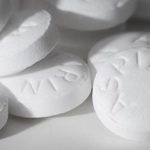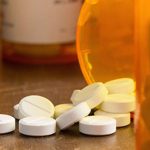
Wegovy (semaglutide), the weight-loss version of blockbuster diabetes drug Ozempic, was approved on Friday by the U.S. Food and Drug Administration to help prevent heart attack, stroke and heart death. “Wegovy is now the first weight-loss medication to also be approved to help prevent life-threatening cardiovascular events in adults with cardiovascular disease and either obesity or overweight,” Dr. John Sharretts, director of the Division of Diabetes, Lipid Disorders and Obesity in the FDA’s Center for Drug Evaluation and Research, said in an agency statement. “This patient population has a higher risk of cardiovascular death, heart attack and stroke,” Sharretts explained. “Providing a treatment option that is proven to lower this cardiovascular risk is a major advance for public health.” According to the FDA, over 70% of U.S. adults are overweight or obese, putting them at added risk for heart attack or stroke. In one multinational study involving over 17,600 people, participants received either injected Wegovy or a placebo injection. All participants also got standard-of-care management of their blood pressure and cholesterol plus counseling on exercise and healthy eating. “Wegovy significantly reduced the risk of major adverse cardiovascular events [cardiovascular death, heart attack and stroke], which occurred in 6.5% of participants who received Wegovy compared to 8% of participants who received placebo,” the FDA said. It’s thought that this expanded approval from the FDA could remove… read on > read on >


















